ORONO — The Obama administration’s top park service official heard hours of passionate, conflicting views Monday on whether a proposed North Woods national monument represents an economic boon or a federal intrusion on the region’s struggling economy.
During two meetings that drew well over 1,000 people, National Park Service Director Jonathan Jarvis saw first-hand the public divide over a proposal to protect a swath of the Katahdin region as a national monument.
Elected officials from Katahdin-area towns largely denounced the proposal over fears that a federal toehold in the North Woods would hurt Maine’s forest products industry and infringe on traditional outdoor activities.
“I am asking for the people that I represent, to let this go, finally,” Millinocket Councilor Michael Madore told Jarvis, reflecting a deep frustration with the latest effort to create a federal park or monument in the region.
But hundreds of national monument supporters packed a University of Maine performance hall as part of an orchestrated effort to send Jarvis back to Washington with a strong message to President Obama.
“Our motto in Maine is, ‘Maine, the way life should be.’ If you drive through Millinocket or Sherman right now, that is not the way life should be,” said Anne Rush, a native of Sherman. “So I believe we should accept this wonderful gift … with open arms.”
The Obama administration is currently considering a plan from entrepreneur and conservationist Roxanne Quimby to donate 87,500 acres to the federal government. Quimby’s nonprofit, Elliotsville Plantation Inc., also has offered to set up a $40 million endowment to finance the monument.
Jarvis’ visit to Maine – at the invitation of U.S. Sen. Angus King, an independent – is a likely sign of the weight Obama is giving the controversial proposal. Unlike national parks, which can only be created by an act of Congress, presidents can create national monuments unilaterally.
Speaking to local elected leaders less than 2 miles from one of the region’s shuttered paper mills, Jarvis made it clear that no decision has been made. But Jarvis added that Maine’s North Woods “are absolutely worthy of being part of the National Park Service” system.
Jarvis predicted the National Park Service brand would inevitably bring some level of economic growth to the region. But he also sought to assure community leaders they would have significant input on any monument.
“You’ve kind of got it all up here,” Jarvis said. “You’ve got fishing. You’ve got hunting. You’ve got snowmobiling. You’ve got mountain climbing. You’ve got biking. You’ve got ATVs. You’ve got fly-fishing. In many ways, it is an incredible place … and there would be a large cohort of our traveling public who would like to experience this.”
IMPACT ON INDUSTRY, RECREATION
In both East Millinocket and Orono, Jarvis tried to address concerns about how a national monument would affect the region’s wood products industry, future industrial development and the types of recreational activities that would be allowed on the land.
Jarvis assured attendees that timber harvesting still happens in areas abutting and surrounding many national parks or monuments. He said a monument designation would not trigger tighter air-quality standards. And he stressed that the park service does not have eminent domain capabilities, a concern raised by many speakers.
Yet tempers flared briefly as the first 2½-hour meeting drew to a close when members of the public accused King and Jarvis of having their minds made up already. Several hours later, UMaine’s Collins Center for the Arts was filled with national monument supporters – many bussed in by environmental groups from southern Maine communities – wearing “National Monument – Yes!” T-shirts.
Michael Carpenter, who helps operate the horse-drawn carriage ride concession at Acadia National Park, said his experience since 2009 is that national parks are almost recession-proof. And one of the most common questions he gets on those carriage rides from Acadia visitors is when will they see a moose or a bear, two species not often seen on Mount Desert Island but plentiful in the North Woods.
“The economic benefits to northern Maine, northern and eastern Maine … would be nothing short of phenomenal,” Carpenter said. “The northern part of the state needs it.”
Quimby, who is a co-founder of the Burt’s Bees product line, had originally hoped to create a national park on her land, but has pivoted toward a national monument after it was clear that Maine’s congressional delegation was not united on the issue. Quimby’s son, Lucas St. Clair, has taken over the task of building support in Maine and Washington, D.C., for the national monument.
Seeking to address concerns raised by critics, St. Clair promised to ensure that some of the monument land would be open for hunting and snowmobiling.
“Outdoor recreation is part of the heritage and the culture of our state. And we’ve made sure that the activities that we all care about will be permanently protected,” St. Clair said. “With the creation of this monument, snowmobile trails east of the East Branch will be guaranteed forever, along with hunting on those lands where it’s currently allowed.”
But many of the local elected officials appear unconvinced, and criticized both Quimby and the Obama administration for considering a proposal they fear will hurt the traditional economy of the region.
“A working forest is what Mainers want,” said East Millinocket Selectman Mark Marston. “Don’t give up Mainers. No park for Maine.”
The issue has divided the forest products industry, although the major forest industry organizations oppose the monument.
“We need to do everything we can to make the Maine woods an engine of prosperity again, and that is why I strongly support the Maine Woods national monument,” said Roger Milliken Jr., whose family business, Baskahegan Co., manages several hundred thousand acres in eastern Maine.
But James Robbins of Robbins Lumber Co. in Searsmont raised concerns about forest fire risks – especially in the event of a spruce budworm outbreak – on neighboring private lands because the park service often prefers to let fires burn out. He also noted that residents of East Millinocket, Medway and Patten have voted against a national park or monument.
“Everyone here knows that this national monument movement is really a back-door attempt to try to get a national park. Is the decision going to be based on the number of people bused in by environmental groups, or is it going to be based on the facts?”
RECOMMENDATION BY PARKS CHIEF
For his part, King acknowledged that his position on the issue has shifted from dead-set opposed when he was governor 15 years ago to “listening” because of what has happened to the region’s economy over that time. The proposal also has changed dramatically from a much larger national park to a 87,500-acre national monument with a $40 million endowment.
“I’m not prepared to say ‘hell no’ to anything that has some economic possibility,” King said. “I don’t see this as a panacea that is going to solve all of our problems.”
Among Maine’s other congressional delegation members, U.S. Rep. Bruce Poliquin, R-2nd District, opposes the proposal while U.S. Rep. Chellie Pingree, D-1st District, supports it. Republican Sen. Susan Collins has expressed strong concerns about the proposal but has not taken a firm stance against it.
After the three-hour Orono meeting, Jarvis said that he would read through any written comments and weigh Monday’s six hours of discussion before making a recommendation to Obama. The president is considering numerous proposals during his final year in office, but Jarvis said the North Woods monument “is absolutely being taken very seriously.”
Jarvis said he also hoped his answers to audience questions addressed misconceptions, most notably that the 87,500-acre donation would be the first step toward a much larger national park.
“This is a unique proposal, a stand-alone proposal of a gift of land with a defined boundary. And there is nothing beyond that,” Jarvis said. “In our view from the National Park Service, if this happens, that’s enough to really generate the kind of economic contribution to a diversified economy that could help out in this region.”
Send questions/comments to the editors.


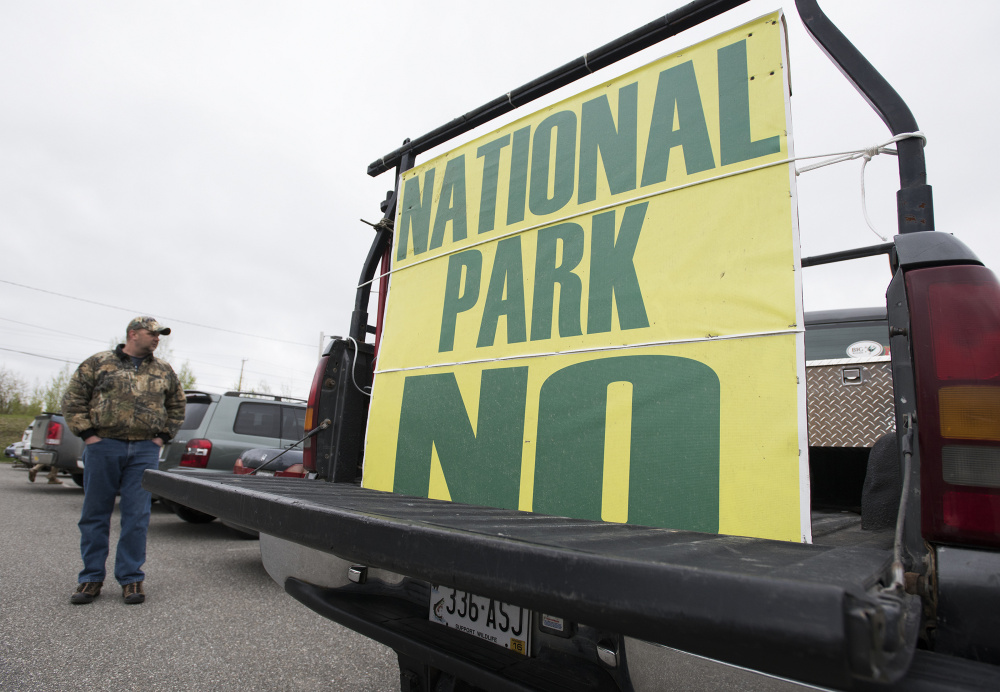
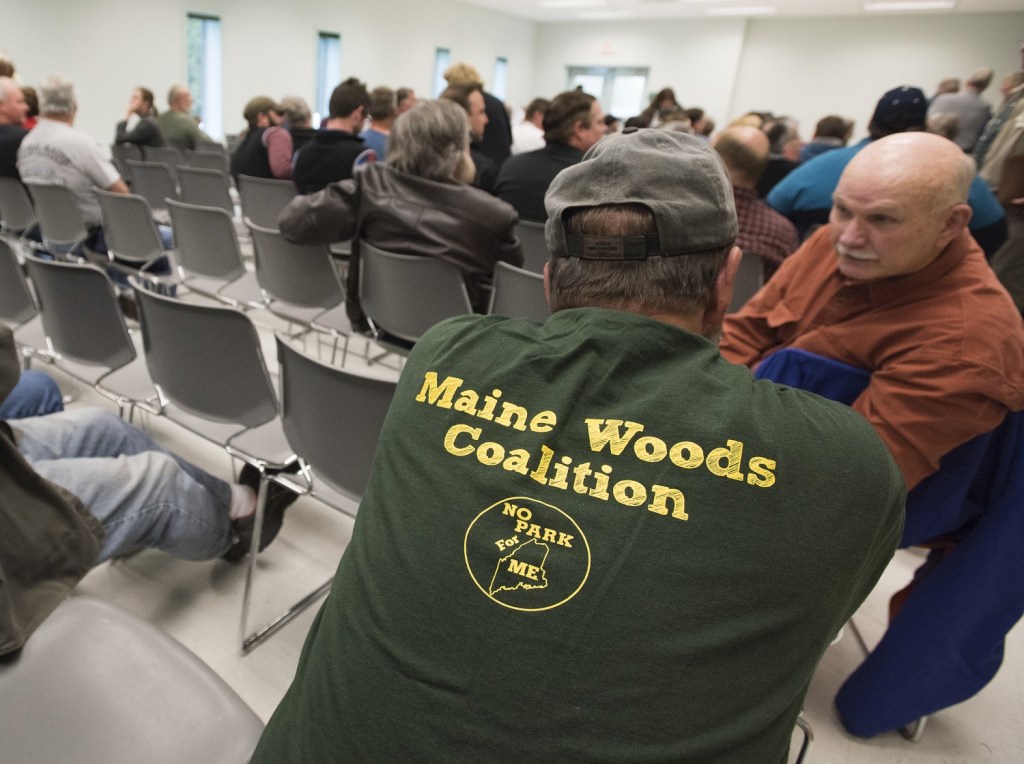
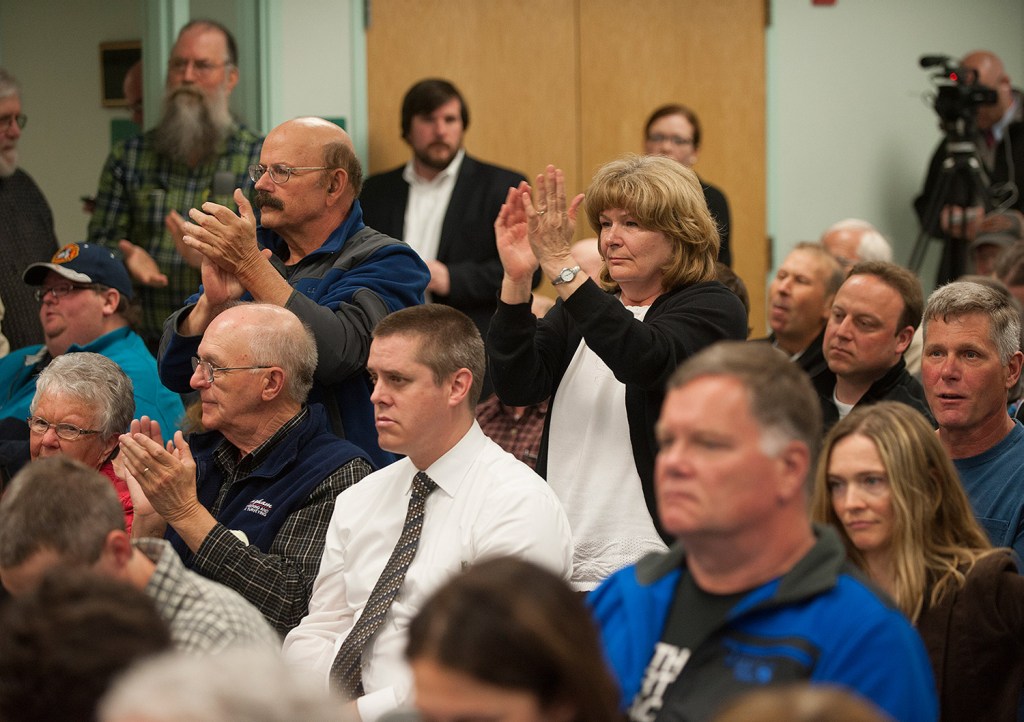
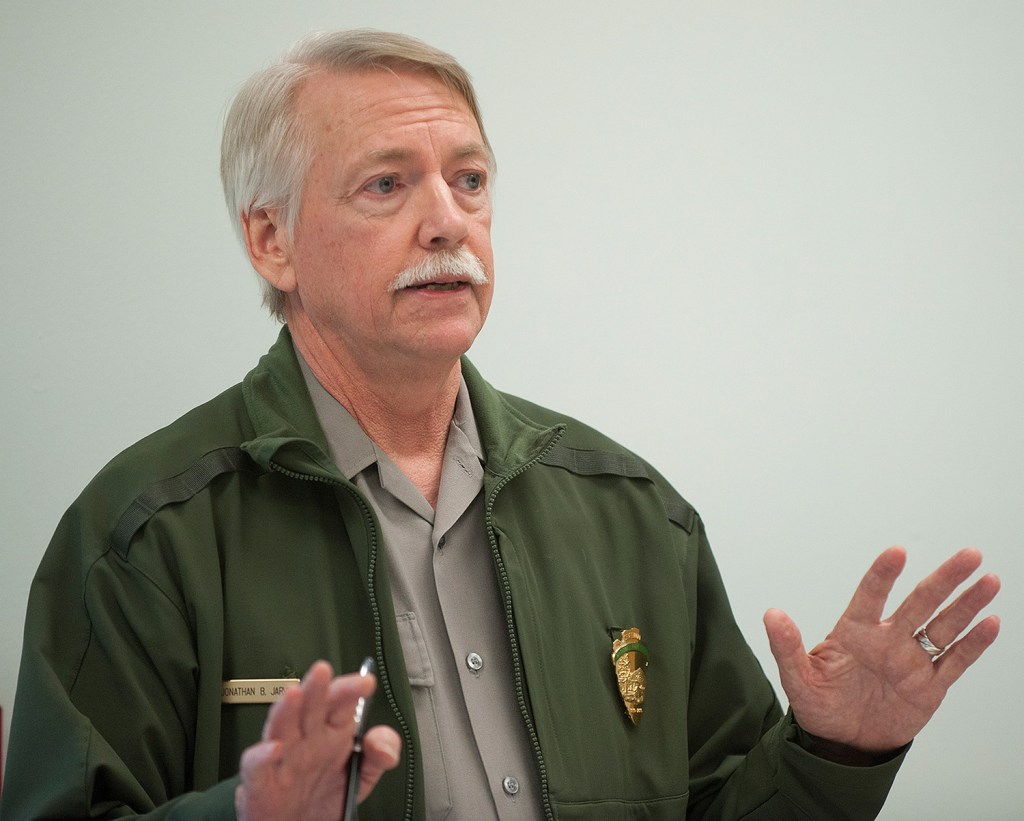
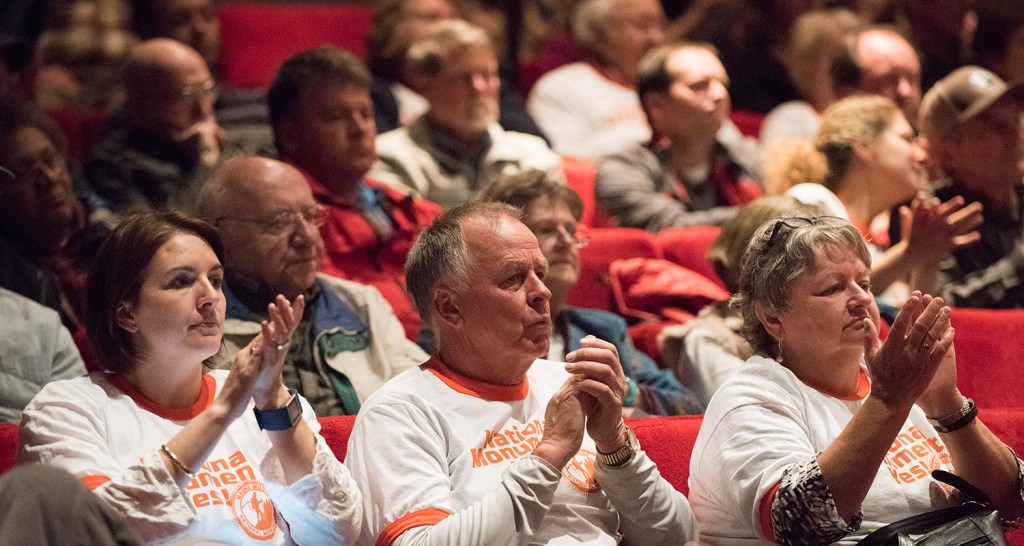
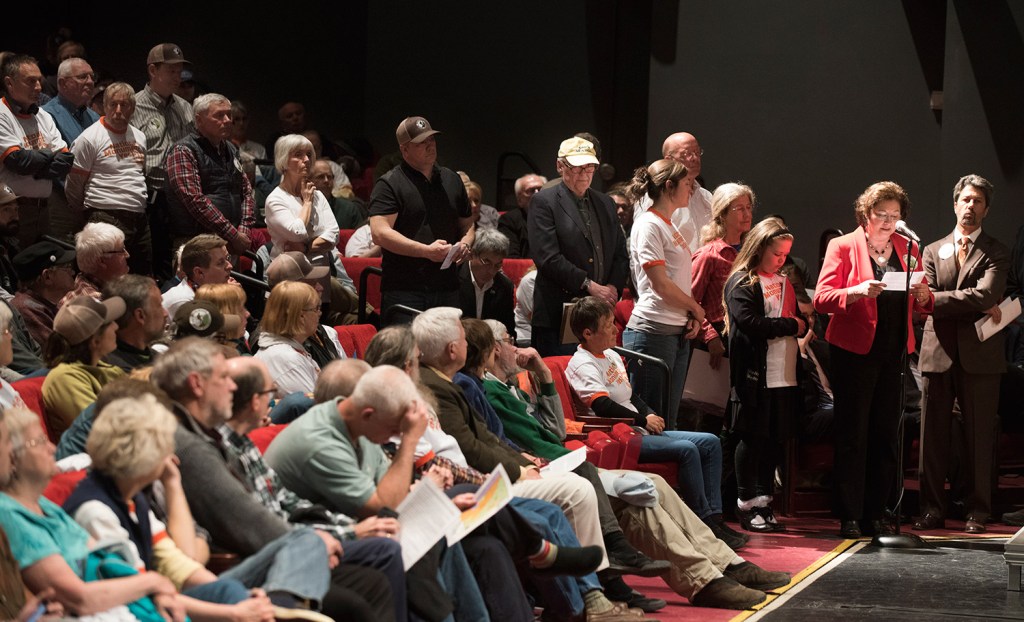
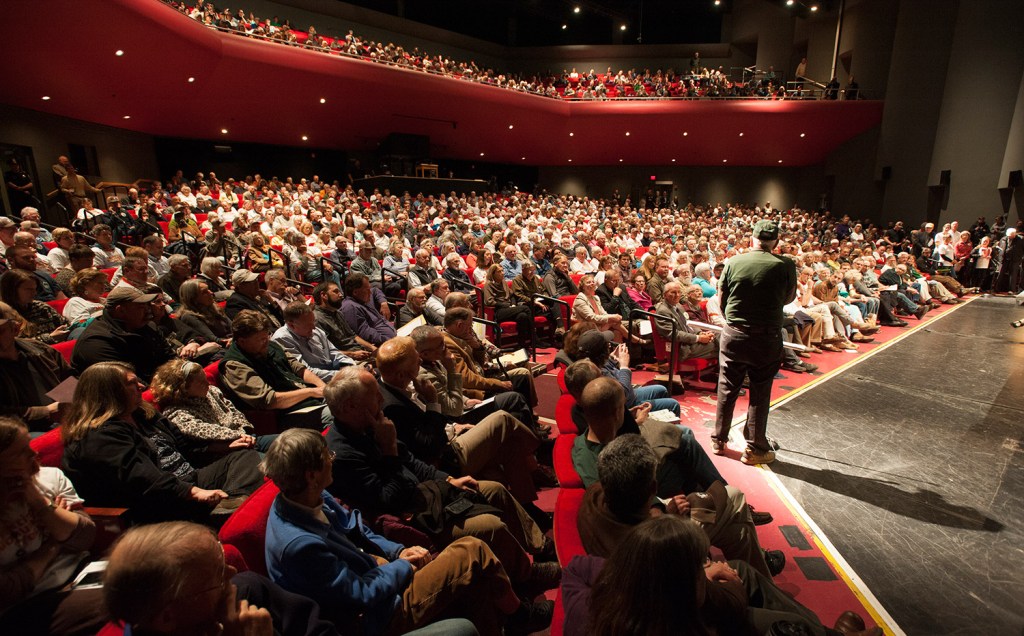

Success. Please wait for the page to reload. If the page does not reload within 5 seconds, please refresh the page.
Enter your email and password to access comments.
Hi, to comment on stories you must . This profile is in addition to your subscription and website login.
Already have a commenting profile? .
Invalid username/password.
Please check your email to confirm and complete your registration.
Only subscribers are eligible to post comments. Please subscribe or login first for digital access. Here’s why.
Use the form below to reset your password. When you've submitted your account email, we will send an email with a reset code.